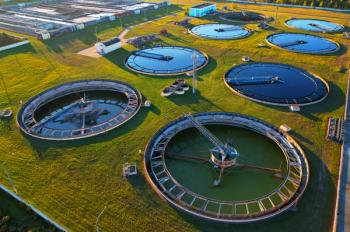
LCGC Europe eNews
- LCGC Europe eNews-07-20-2012
- Volume 0
- Issue 0
Agilent collaborates to identify causes of outbreaks
Agilent (Santa Clara, California, USA), The U.S. Food and Drug Administration, the University of California, Davis, California, USA, and the Centres for Disease Control and Prevention have announced a collaboration to create a public database of 100,000 foodborne pathogen genomes to help speed identification of bacteria responsible for foodborne outbreaks.
Agilent (Santa Clara, California, USA), The U.S. Food and Drug Administration, the University of California, Davis, California, USA, and the Centres for Disease Control and Prevention have announced a collaboration to create a public database of 100,000 foodborne pathogen genomes to help speed identification of bacteria responsible for foodborne outbreaks.
Called the 100K Genome Project, the collaboration will be a five-year project to sequence the genetic code of important foodborne pathogens and make this information available in a free, public database. The sequencing will include the genomes of pathogens such as salmonella, listeria and E. coli.
Open access to the database will allow researchers to develop tests that can identify the type of bacteria present in a sample within a matter of days or hours, significantly faster than the approximately one week it now takes between diagnosis and genetic analysis.
Agilent is providing scientific expertise, instrumentation and funding to support a part of the University of California’s activities.
Mike McMullen, president of Agilent's Chemical Analysis Group, said, "Each year in the United States there are more than 48 million cases of foodborne illness. A problem of this magnitude demands an equally large countermeasure. We see this project as a way to improve quality of life for a great many people, while minimizing a major business risk for food producers and distributors."
For more information please visit
Articles in this issue
over 13 years ago
Using LC-MS to Study Protein Expression in Crop Developmentover 13 years ago
LGC and HFL gear up for the OlympicsNewsletter
Join the global community of analytical scientists who trust LCGC for insights on the latest techniques, trends, and expert solutions in chromatography.





